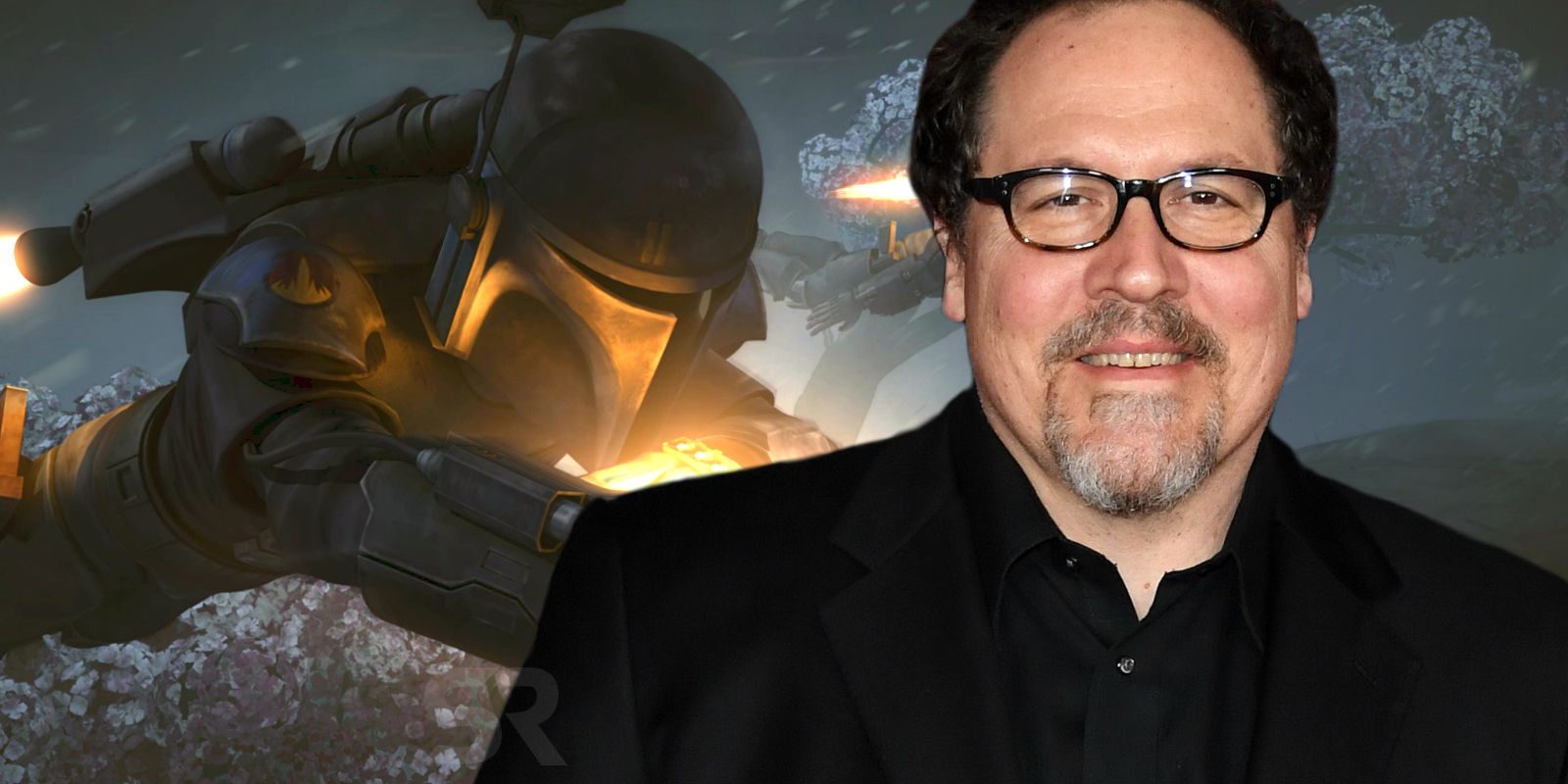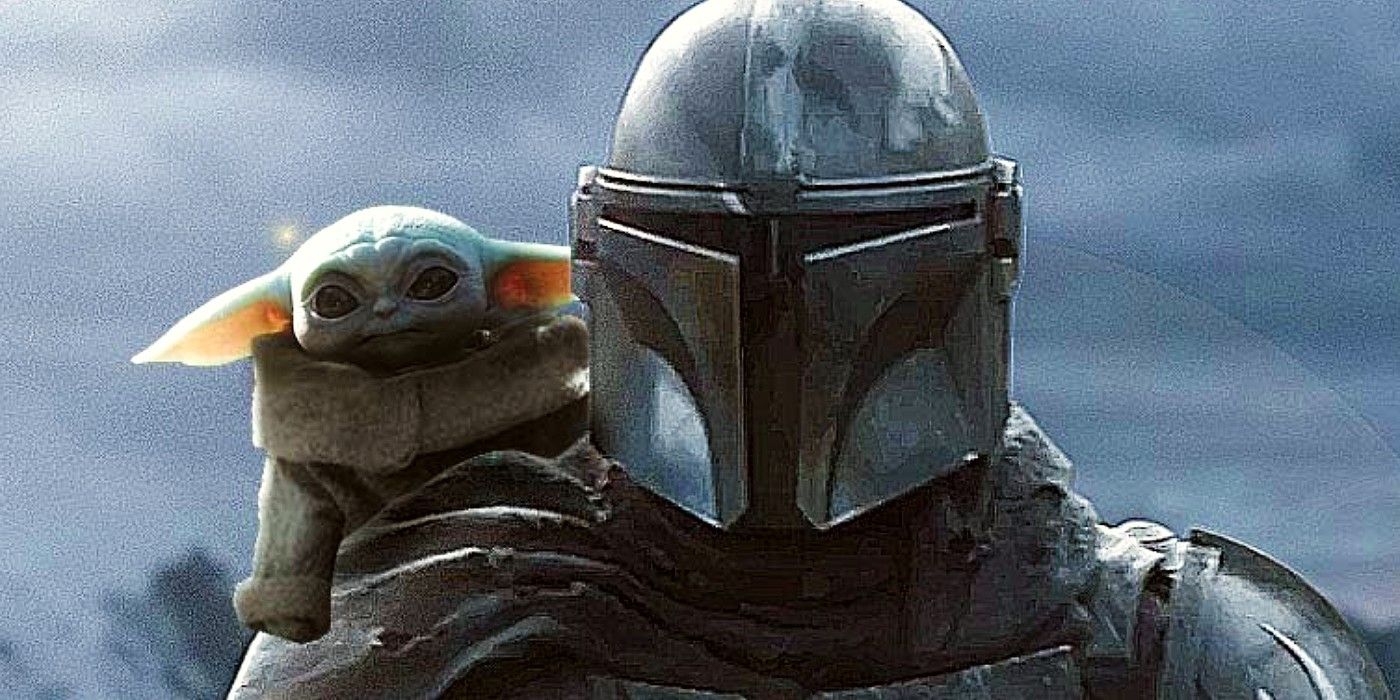COVID-19 restrictions shouldn’t be a problem if The Mandalorian gets a third season, explains showrunner Jon Favreau. The first major hit for streaming service Disney+, the Star Wars universe show starring Pedro Pascal as the titular Mandalorian and featuring breakout internet sensation Baby Yoda is set to return for season 2 later in 2020.
Obviously, many a plan has been put on hold thanks to the coronavirus outbreak and the restrictions put in place as a result. However, Mandalorian was lucky to get its second season largely finished before things screeched to a halt, meaning fans won’t have to wait long for more of Baby Yoda and Mando’s exploits. The Mandalorian Season 2 is of course expected to introduce even more familiar Star Wars characters, including Boba Fett (Temuera Morrison) himself, along with a live-action version of fan favorite animated character Ahsoka Tano (Rosario Dawson). The season will also address the mystery of Moff Gideon (Giancarlo Esposito) and his darksaber.
As for a possible third season of The Mandalorian, there has as yet been no word about renewal, though it seems a foregone conclusion that the series will continue at least to season 3 if not beyond. If season 3 does happen, showrunner Favreau insists COVID-related restrictions won’t impact the show, thanks to the unique way it’s produced. As Favreau told THR:
The fact that the set is much more contained is a benefit, because you can limit the number of people. A lot of the people controlling it are doing it remotely from what we call the Brain Bar, which is a bank of gaming computers, essentially. The amount of people near the camera could be much smaller than [usual]. We also shoot a lot outside, which is helpful, too. We build to a moment in filming more like an animated production, where we have a lot of storyboards, a lot of discussions and scouting in virtual reality. We use cinematic tools in VR much the same way we did for The Lion King and The Jungle Book. A lot of times the actors you are seeing on the screen aren't actually there on set.
The Mandalorian famously uses virtual sets for its production, meaning instead of traditional green screens being employed, real previously filmed environments are projected around the actors to create a more life-like experience not only for the performers but the audiences watching at home. The illusion is indeed so perfect that it’s often impossible to tell actors are not really occupying actual physical locations but are instead performing against 360-degree projected backdrops. As Favreau points out, this approach allows for a sort of natural social distancing, as many of the crew members and actors are not physically on the set at all.
Obviously, not every show has the kind of massive budget that would allow for this sort of filming approach. But if the technology were ever to become more available, it would be easy to imagine other shows adopting such virtual sets in order to create a safer filming environment while maintaining realism. Indeed, such technology may be the future of all live-action movies and television, not just big-budget fantasy shows like The Mandalorian. Clearly, coronavirus has already led to a lot of big changes in the entertainment industry, including speeding up the transition to a more streaming-forward distribution model with narrowing of theatrical windows. No doubt, there are many more such adjustments in the offing as Hollywood tries to get back to business amid the new reality.
Source: THR


